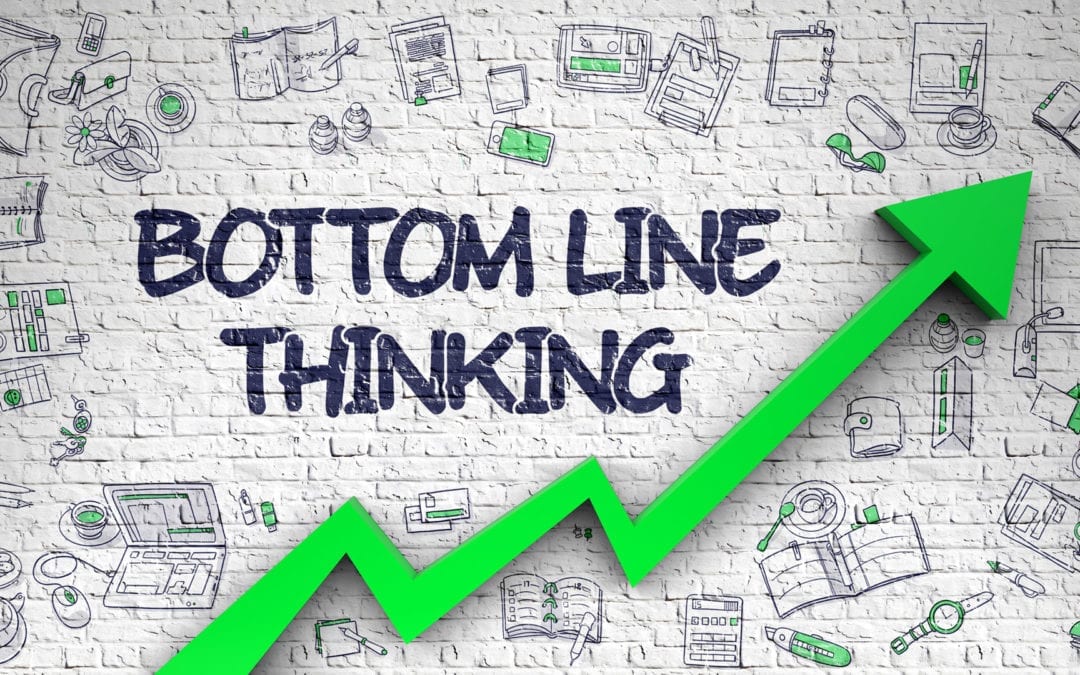More and more employers are switching on to the fact that higher engagement levels in the workplace drive a more positive customer experience and therefore more likely to have a positive impact in your business’s bottom line in fact Forbes’s insight from 2018 suggests it can have more then a 10% lift in growth versus those not as engaged.
Highly engaged employee serve their customers better as they are more connected with the organisation, they are invested in the companies purpose and generally happier so not only do they give you a better customer experience they become more productive, they work better as a team, they generate a healthier workplace environment and generally more productive and likely to stay with the company.
Jim Harter, chief scientist of employee engagement and well-being at “Gallup” said “More engaged employees have bought into what the organisation is about and are trying to make a difference…This is why they’re usually the most productive workers.”
Forbes research, also, find that one of the biggest costs of unwanted employee turnover is a diminished customer experience (44%), which is topped only by increased costs of training and replacing employees (47%).
So two significant issues for business’ large or small to tackle, but how many companies focus as much on staff satisfaction as they do the customer experience? How many organisations spend money on understanding their target market and their customer persona without thinking about what the company’s values and culture are and how the people at the coal face handle their customers.
Why is this important?
Customers who experience a bad service are 13-14 times more likely to tell someone about that experience then those that have had a positive experience and moreover customers who connect with your companies brand are more likely to spend more and become repeat customers, moreover they are likely to spend more, ie pay more even if you are more expensive, with a brand or experience they trust so not engaging with the mood of your employees who service these customers could be costing you more than you think.
So, what are the characteristics of leaders who have highly engaged employees and how can you create a more winning culture to help with engagement in your business?
Harvard business review said:
Formative early experiences
A common thread is the reflection on the early experience that allows a leader to learn something, and gain self-confidence, humility, and empathy.
They exhibit engaging behaviours
Engaging leaders step up, opting to proactively own solutions where others cannot or do not. They energizeothers, keeping people focused on purpose and vision with contagious positivity
Guiding beliefs
Engaging leader’s behaviours are driven from a powerful set of beliefs. They feel it is their responsibility to serve their followers, especially in times of crisis and change
Understand their employees
They understand the role employees play in delivering higher customer satisfaction.
Creating the right culture
Leaders believe customer engagement thrives only in certain cultures and organizational structures, and they invest more in staff resources to focus on customer engagement, including hiring, training and enablement.
So how do you create highly engaged employees?
FAB Solutions approaches this in 5 ways:
- Get your baseline and measure your current engagement levels. What gets measured gets managed and key to this is to get as many verbatim comments as you can so survey your people anonymously, allow people to say what they want without fear of reprisal.
- Invest in your leadership team. A lot of organisations recruit from within internal pools so you sometimes get what you have always had so investing in external training or leadership can give an important perspective and new lens to how your team approach situations. Developing engaging leaders is the first step to success.
- Create Engagement captains – these are reps within your team that help you do two things, firstly they act as the voice for your team and become engagement ambassadors so you can use them for how to land a message or getting a pulse of your teams engagement, but they also help keep your culture and engagement on track by exemplifying what it is you want your team to aspire to.
- Engagement should be a goal and objective in your business. Measuring engagement levels and having rewards and fun activities can really help bring it to life. Reward doesn’t need to be a monetary bonus and linking it so can have unintended consequences and be disingenuous by your employee ie don’t roll out the tea trolley a week before survey time. Having qualitative objectives in your leaders’ reviews can help keep that focus and creates accountability.
- Have a clear engagement plan. Having a calendar of activity that you are committing to helps keep engagement levels high throughout the year, it doesn’t have to be big budget activity, it can be a little as “Thank You week” using thank you postcards, tweets or company bulletins or maybe Mindfulness week where everyone brings in what helps them keep a focus on their wellbeing, but it does need some investment and ownership from your leadership team.
In summary listen to your employees, measure your ongoing engagement and most importantly take action.
FAB solutions can help create an engagement action plan with business consulting available at competitive rates, to find out how contact us, click here.
